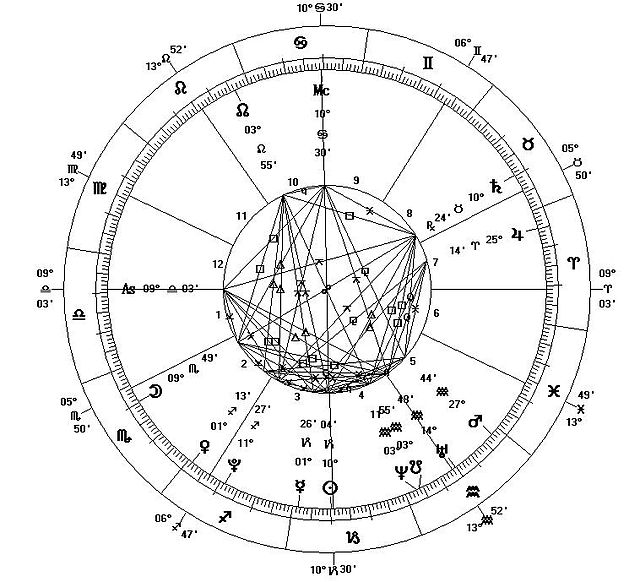How to read your birthchart
November 15, 2022
Getting thrown into the world of astrology where terms like Gemini rising, Seventh House and 22° Mercury are utilized can be challenging to understand as a novice and may put someone off from studying astrology further. Even the Internet is not the easiest to learn from and because there are so many different facets within the realm of astrology, it can put beginners at a disadvantage in consuming all the information there is to take in.
Luckily, as someone who has been studying astrology since I was nine, by going through my family’s books and listening intently to my grandmother carefully explaining what each part of the birth chart meant, I have accumulated quite a bit of detail that can ultimately assist in navigating your birth chart and others’.
Unbeknownst to many, astrology is largely cultural and its influence across different civilizations has created different versions of astrology over time. Originating in Mesopotamia and later spreading to India, the Hindu influence of the region birthed Vedic astrology. From there, several versions of astrology began to sweep cultures to fit their own depictions of the subject. The two most notable systems of astrology today are Vedic and Western astrology, the latter of which is most widely known in the modern age.
Vedic astrology uses the sidereal zodiac, a system where the positions of each planet are calculated based on where the planets are in respect to their constellations. Western astrology uses the tropical zodiac, a system that bases itself heavily on the Sun’s movement and therefore is adjusted to the seasons and Earth’s axis. Despite this, there is no “right” form of astrology and many in the community will simply tell you that each has its own benefits to learn from, and it is ultimately up to the astrologer to decide which is best for them to encapsulate themselves fully into.
When analyzing a birth chart, it is imperative to know which system you are using as it will significantly change the signs in each planet, as someone who may be a Capricorn in the tropical zodiac can be a Sagittarius in sidereal. Not everyone aligns with the signs of each, but if you find yourself not particularly attributing with the characteristics of some signs it may be worth checking into a different system of astrology.
The next step is finding your birth time, as this is an integral part of the birth chart. The birth time creates the chart as a whole as it is the only way to find your rising sign which ultimately sets up both the houses for your chart, as well as the degrees for each house and sign. Asking your parents directly could prove a difficult effort especially if you’re older, so if you have access to it, try to find your birth certificate itself for utmost accuracy. Even approximating your birth time from the exact and actual time can change the chart and its interpretations drastically.
Once you have your birth time, the fun begins! Websites like Astro-seek, a personal favorite of the astrology community, will calculate your birth chart and provide objective information with accessible interpretations for beginners.
Though many know what the signs are and what each entails, people are less versed in the topics of Houses. When receiving a birth chart, the First House will always be in the sign of the ascendant (rising) and go in sequential zodiac order from there. Each house means something different whether it’s the First House of self, Sixth House of health, or Tenth House of career. Depending on the planets in the House, these Houses may be affected in different ways accordingly. If there are three or more planets in a House, this is called a stellium and will affect the birth chart’s holder.
Once you learn the basic principles of astrology and become well acquainted, it makes understanding the rest seamless.













